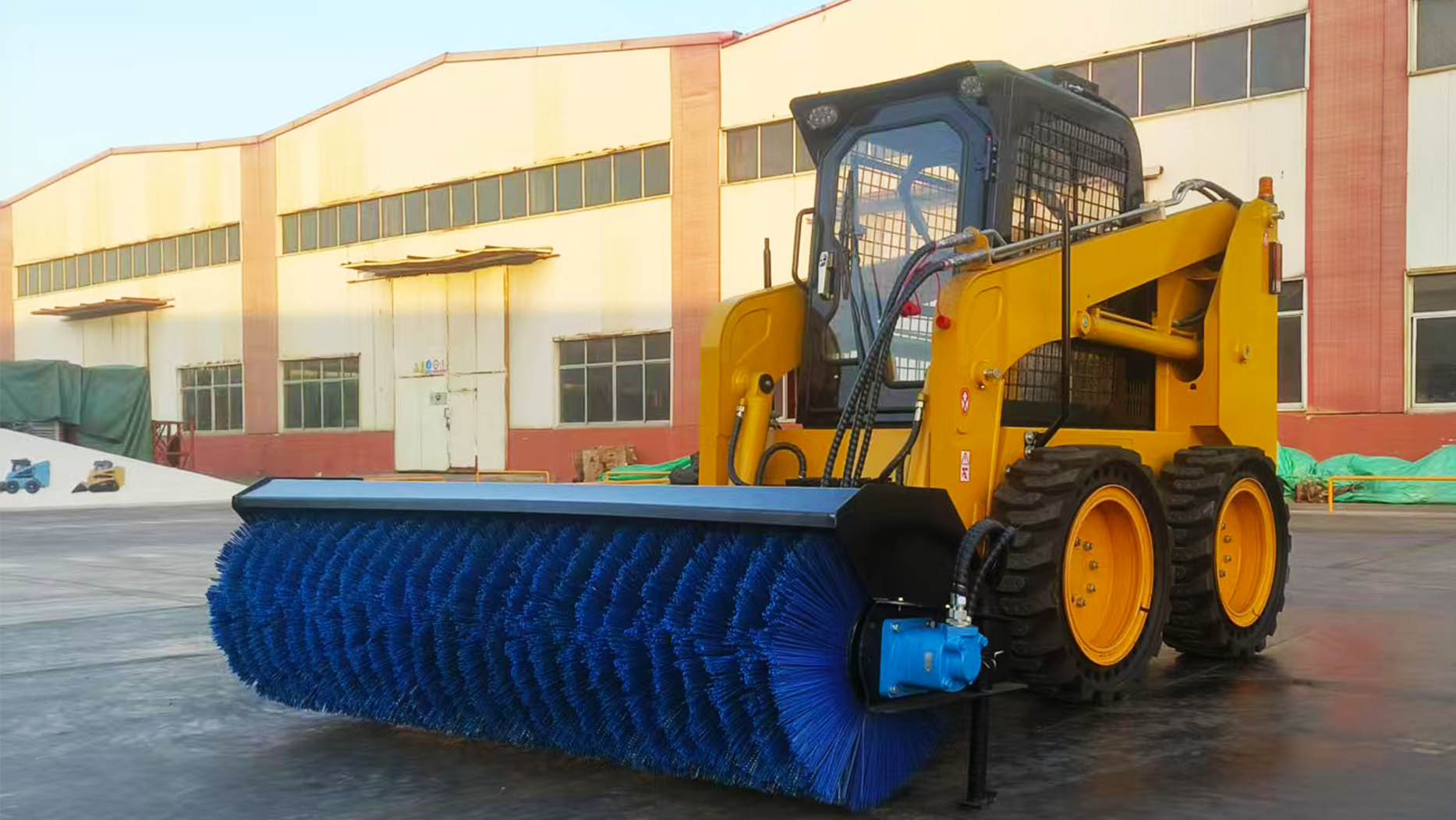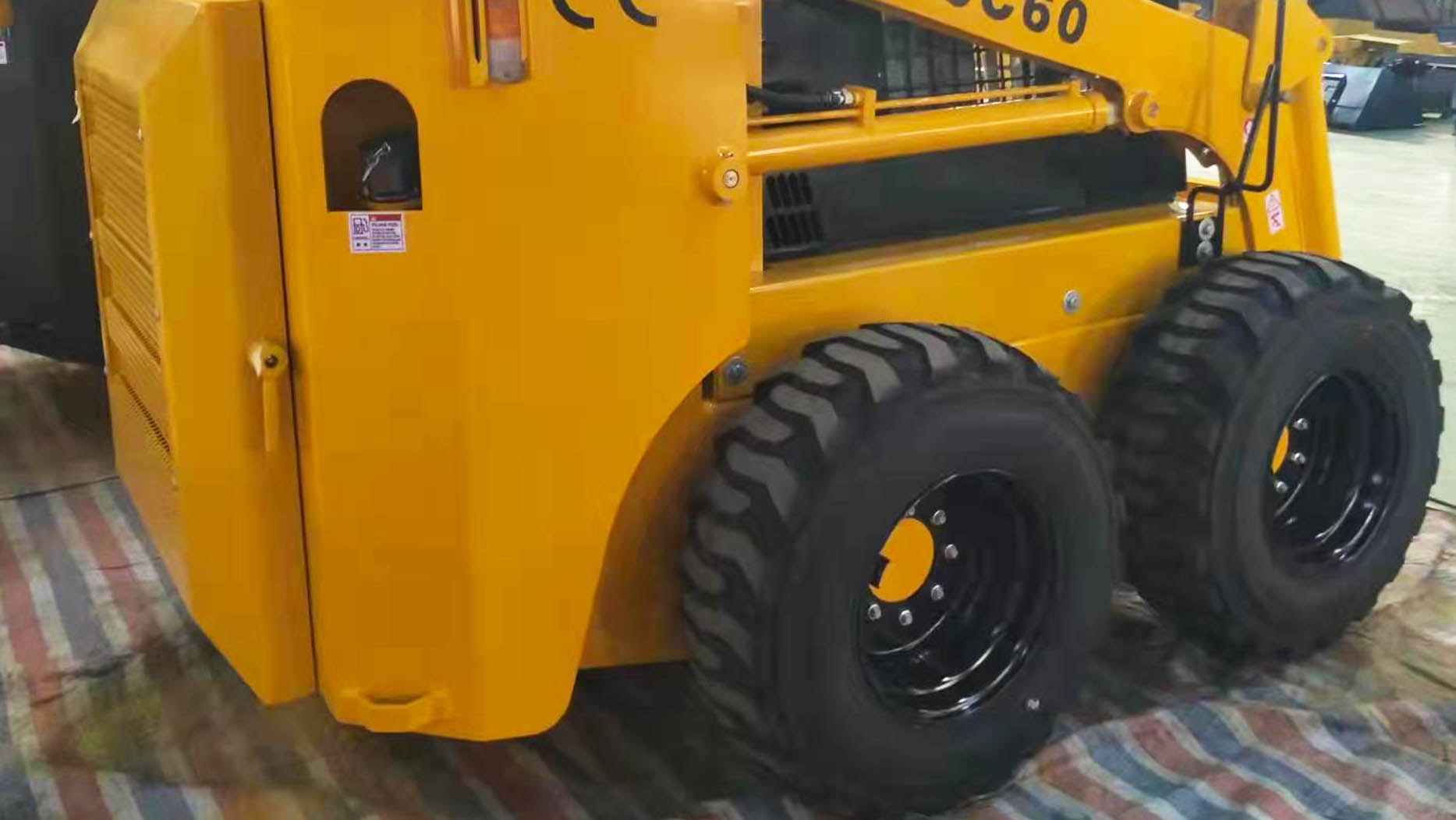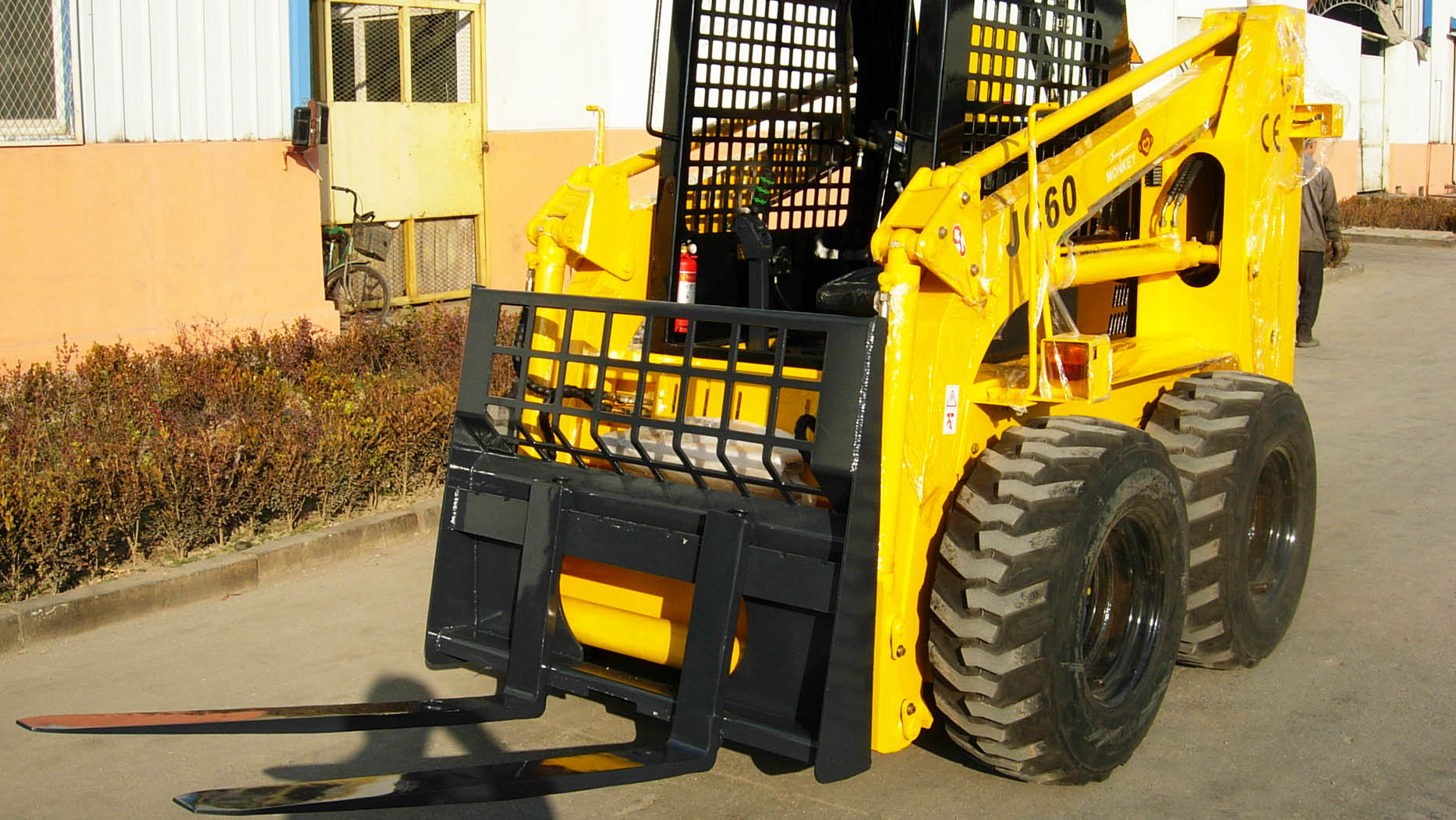Skid steer loaders, compact and versatile machines, are indispensable in numerous industries, from construction and landscaping to agriculture and demolition. Their ability to maneuver in tight spaces and handle a wide array of attachments makes them highly valuable. However, operating a skid steer loader requires proper training and adherence to safety protocols to prevent accidents and ensure efficient operation. This article provides a comprehensive guide to operating a skid steer loader, covering essential steps and emphasizing critical safety considerations.
Understanding the Skid Steer Loader:
Before operating a skid steer loader, it's crucial to familiarize yourself with its components and controls:
Operator's Cab: The command center, housing the controls and providing visibility.
Engine: Typically a diesel engine, providing power for propulsion and hydraulic systems.
Hydraulic System: Powers the lift arms, bucket, and attachments.
Lift Arms: Raise and lower the bucket or attachment.
Bucket/Attachment: The primary work tool, interchangeable for various tasks.
Wheels/Tracks: Provide mobility and traction.
Control Levers/Joysticks: Control movement, lifting, and attachment operation.
Foot Pedals: Control auxiliary hydraulic functions or parking brakes.
Safety Restraints: Seatbelt and/or restraint bar, critical for operator safety.
Pre-Operation Inspection:
A thorough pre-operation inspection is vital for ensuring safe and efficient operation:
Fluid Levels: Check engine oil, hydraulic fluid, and coolant levels.
Tire/Track Condition: Inspect for damage, wear, and proper inflation.
Hydraulic Hoses and Fittings: Check for leaks, cracks, or damage.
Lift Arms and Bucket/Attachment: Inspect for damage, loose connections, or wear.
Safety Restraints: Ensure seatbelt and restraint bar are in good working order.
Controls and Instruments: Verify that all controls and instruments are functioning correctly.
Warning Lights and Alarms: Check for any warning lights or alarms.
Cleanliness: Remove any debris or obstructions from the operator's cab and engine compartment.
Attachment Security: if an attachment is installed, make sure the quick attach system is fully engaged.
Starting and Operating the Skid Steer Loader:
Mounting the Machine:
Ensure the parking brake is engaged.
Use the handrails and steps to safely mount the machine.
Settle into the operator's seat and fasten the seatbelt/restraint bar.
Starting the Engine:
Follow the manufacturer's instructions for starting the engine.
Allow the engine to warm up before operating.
Control Familiarization:
Familiarize yourself with the location and function of all controls.
Practice operating the controls in a safe and open area.
Basic Operation:
Movement: Skid steer loaders are steered by controlling the speed of the left and right wheels/tracks independently. Pushing both control levers forward moves the machine forward, pulling them back moves it backward. Moving one lever forward and the other backward causes the machine to turn.
Lifting and Lowering: Use the lift arm control to raise and lower the bucket/attachment.
Bucket/Attachment Operation: Use the bucket/attachment control to tilt, dump, or operate the attachment.
Speed Control: Adjust the engine throttle to control the machine's speed.
Working with Attachments:
Ensure the attachment is properly installed and secured.
Follow the manufacturer's instructions for operating the attachment.
Practice operating the attachment in a safe and open area.
Safety Tips:
Safety is paramount when operating a skid steer loader. Adhere to the following safety tips:
Read the Operator's Manual: Familiarize yourself with the machine's specific operating procedures and safety guidelines.
Wear Appropriate Personal Protective Equipment (PPE): This includes a hard hat, safety glasses, hearing protection, and work boots.
Pre-Operation Inspection: Always perform a thorough pre-operation inspection before operating the machine.
Seatbelt/Restraint Bar: Always wear the seatbelt or use the restraint bar while operating the machine.
Clearance: Be aware of overhead and underground utilities.
Load Capacity: Never exceed the machine's rated load capacity.
Terrain Awareness: Be aware of the terrain and potential hazards.
Slow and Steady: Operate the machine at a safe and controlled speed.
Avoid Steep Slopes: Avoid operating on steep slopes or unstable ground.
No Passengers: Never allow passengers to ride on the machine.
Communication: Use hand signals or radios to communicate with other workers.
Shutdown Procedures: Follow the manufacturer's instructions for shutting down the machine.
Parking Brake: Always engage the parking brake when the machine is not in use.
Attachment Safety: When changing attachments ensure the engine is off and the hydraulic pressure is relieved.
Visibility: Ensure that your work area is well lit. And that you have good visibility of the area.
Training: Only trained and authorized personnel should operate a skid steer loader.
Emergency Stop: Know the location and operation of the emergency stop button.
Awareness of surroundings: be aware of people and obstacles around the machine. Blind spots are present on all skid steers.
Maintain a safe distance: From trenches and drop offs.
Never leave the machine running: When exiting the operators station.
Advanced Operating Techniques:
Once you have mastered the basics, you can explore advanced operating techniques:
Grading and Leveling: Use the bucket to grade and level surfaces.
Material Handling: Efficiently move and transport materials.
Trenching and Excavating: Dig trenches and excavate materials.
Attachment Versatility: Utilize various attachments for specialized tasks.
Maintenance:
Regular maintenance is essential for prolonging the life of your skid steer loader:
Scheduled Maintenance: Follow the manufacturer's recommended maintenance schedule.
Lubrication: Regularly lubricate moving parts.
Fluid Changes: Change engine oil, hydraulic fluid, and coolant as needed.
Filter Replacements: Replace air, oil, and fuel filters regularly.
Conclusion:
Operating a skid steer loader requires a combination of skill, knowledge, and adherence to safety protocols. By understanding the machine's components and controls, performing thorough pre-operation inspections, and following safety guidelines, you can operate a skid steer loader safely and efficiently. Continuous training and practice are essential for mastering the maneuver and maximizing the machine's versatility. Remember that safety should always be the top priority when operating any heavy machinery.
Post time:Feb.27.2025



